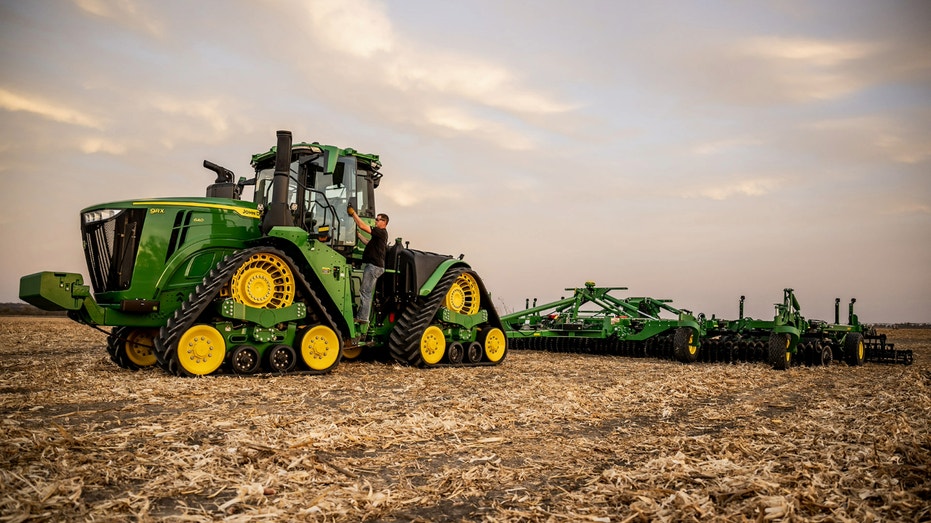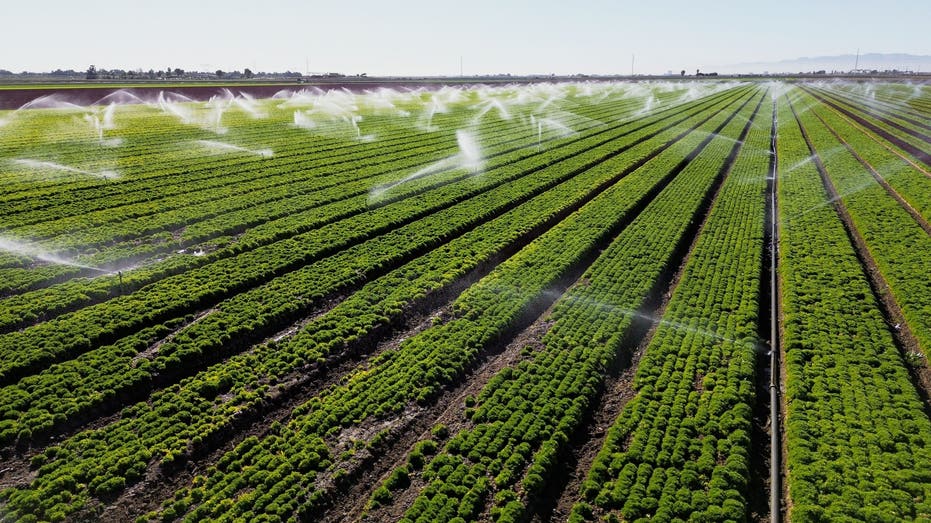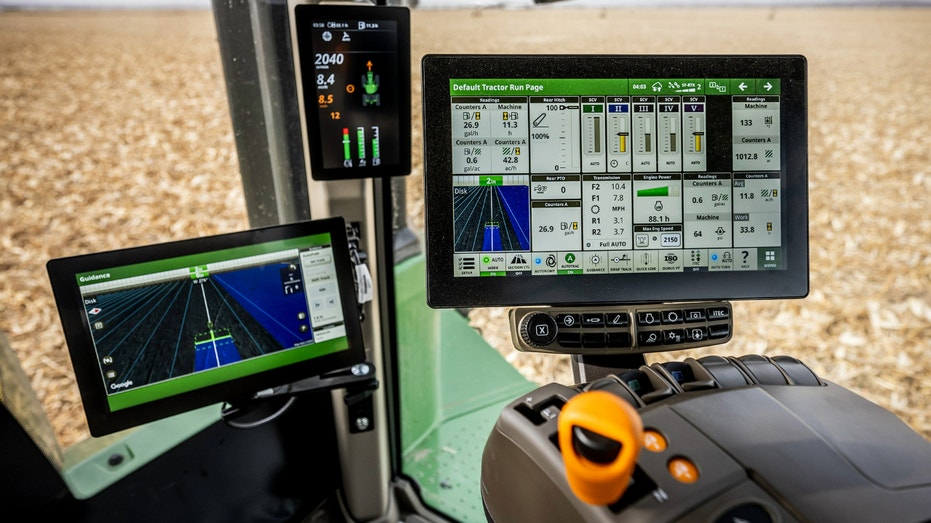Tulare, Calif. – The U.S. agriculture industry is used to overcoming obstacles, but 2025 is shaping up to be a particularly daunting year. Labor shortages, water restrictions and the pending threat of tariffs are at the forefront of every farmer’s mind.
“There’s always challenges in agriculture, but so many are happening at the same time right now,” said Karen Ross, secretary of the California Department of Food and Agriculture. “I think this happens about once every generation where there’s just a bunch of driving forces.”
In 2023, the agriculture industry earned over half a trillion dollars in cash receipts – $267.4 billion for crops and $249.6 billion for animal products. But 86% of farms are “small farms” – meaning they gross under $350,000 per year. These are the farms feeling the pressure the most.
EGG FARMER HIT HARD BY BIRD FLU, DESCRIBES ‘NIGHTMARE’ OF LOSING 3 FLOCKS
“Production agriculture tends to be a marginal business when it comes to profit. You’re talking about a typical average kind of return on investment of low- to mid-single digits on farm is pretty typical,” said Roland Fumasi, head of RaboResearch Food & Agribusiness. “So any kind of downward pressure on markets… really puts a lot of pressure on farm finances that are already marginal at best anyway in most years.”
Now, farmers are turning to technology for help, and at the World Ag Expo – the largest agricultural trade show in the world – manufacturers were keen to show off their latest products.
Over 1,200 farm equipment manufacturers descended on California’s Central Valley last week in hopes of finding buyers among the more than 100,000 people in attendance. Tulare, California, has been home to AgExpo since 1968, and this year, a buzzword was making waves – AI.

AI, or artificial intelligence, is being utilized in all sorts of ways. From driving autonomous vehicles to performing arduous tasks to analyzing environmental changes, AI is addressing everything from solving labor shortages to increasing crop yield – and farmers are on board.
“We’re part of that first wave of AI that allows us to see things that are happening in the field,” said Paul Mikesell, founder and CEO of Carbon Robotics. “The farmers are incredibly inquisitive. They’re very innovative and inventive, and so they got what we were doing right away.”
DEADLY BIRD FLU DETECTED IN NEVADA DAIRY CATTLE
Mikesell’s company generated a lot of buzz around their product, the LaserWeeder, which uses AI to identify weeds and kill them at the stem using a laser. Not only does it cut out the physical toll that comes with weeding, it also eliminates the need for herbicides.
“It can kill weeds that humans can’t even see. And we get in and kill them before they steal nutrients to compete with the crops,” added Mikesell.

Another company is using AI to help one of the ecosystem’s busiest and most threatened employees – bees. According to Project Apis m., colony rates are seeing unprecedented losses, at more than 50%. Some beekeepers are reporting 100% colony loss, a scary prospect for almond farmers, who rely on bees to pollinate their trees.
BeeHero uses AI sensors inside beehives to measure everything from acoustic signatures from the queen to the number of bee visits per minute to give farmers a real-time understanding of bee coverage and pollination. This provides beekeepers with the information they need to help the bees thrive.
“The beekeepers who work with us, their colony collapse rates are 33% lower than the industry average,” said Brent Wellington, BeeHero’s director of product marketing.
John Deere, which commands more than 40% of the market share in the U.S. agriculture machinery industry, is also on board with AI. The company developed the 5ML autonomous tractor that’s being used for blast spraying, essentially spraying nut trees with chemicals to protect the trees. Normally, it’s a task that must be done at night, in a hazmat suit, driving under 3 mph, six to eight times a year – a chore farmers would much rather pass to machines.

| Ticker | Security | Last | Change | Change % |
|---|---|---|---|---|
| DE | DEERE & CO. | 497.96 | +17.49 | +3.64% |
“The response has been really, really positive. The average age of farmers in the U.S. is around 58 years old, and many of them are working 12 and up to 18 hours during peak seasons just to manage their operations due to shortages of qualified labor,” said Jason Brantley, John Deere’s vice president of production systems for small agriculture and turf.
The ag industry is changing, but farmers and manufacturers alike are embracing whatever it takes to keep their crops growing and animals producing, said Ross.
“It’s very important that we continue to look for ways to automate, to ease the jobs that we have,” Ross said. “How do we think about the use of technology, autonomous vehicles, robotics, as a way to create new and better jobs for the existing farmworkers, as well as attract young people to bring that energy and that creativity to the new tools and technologies that are absolutely essential to our survival.”
Read the full article here















